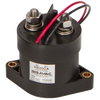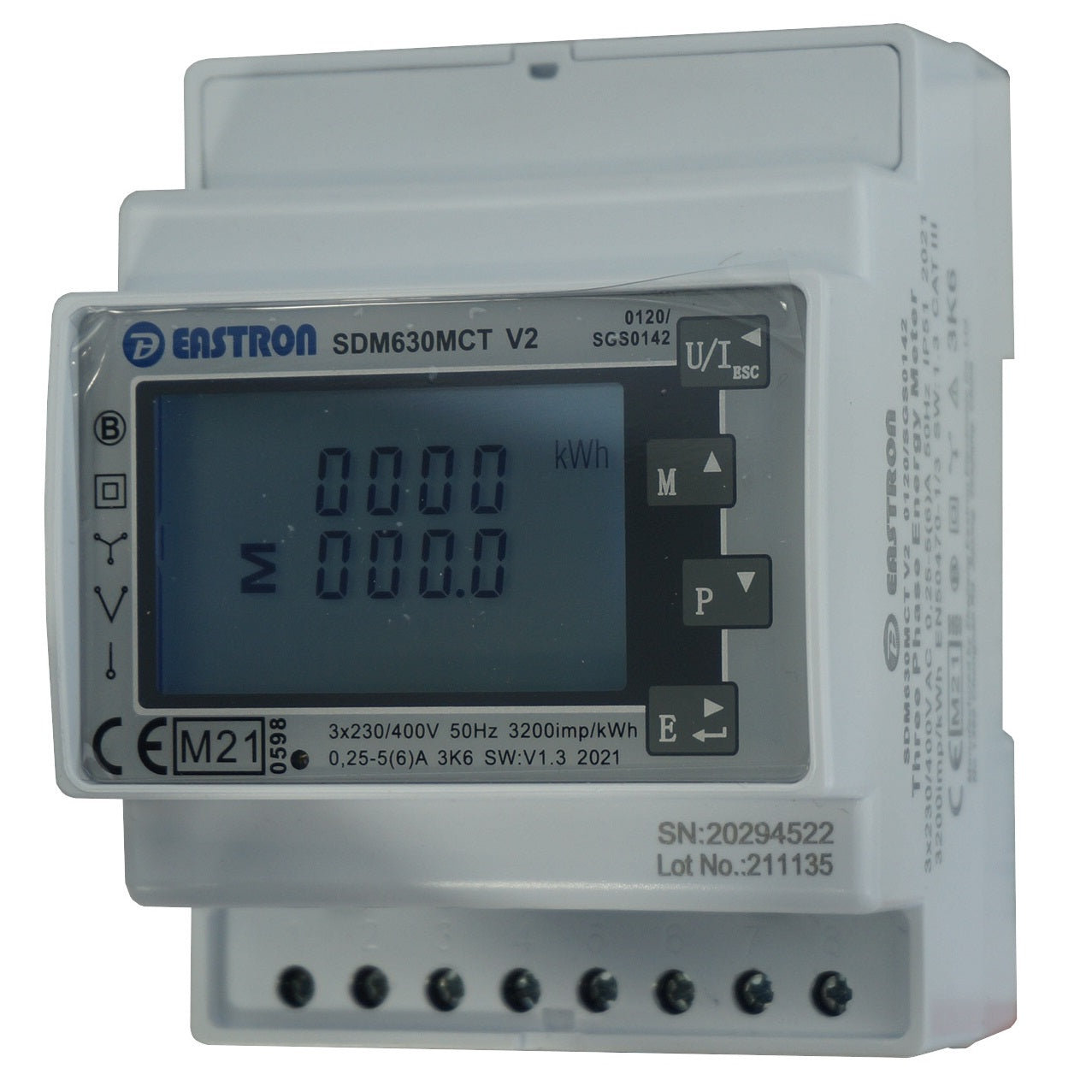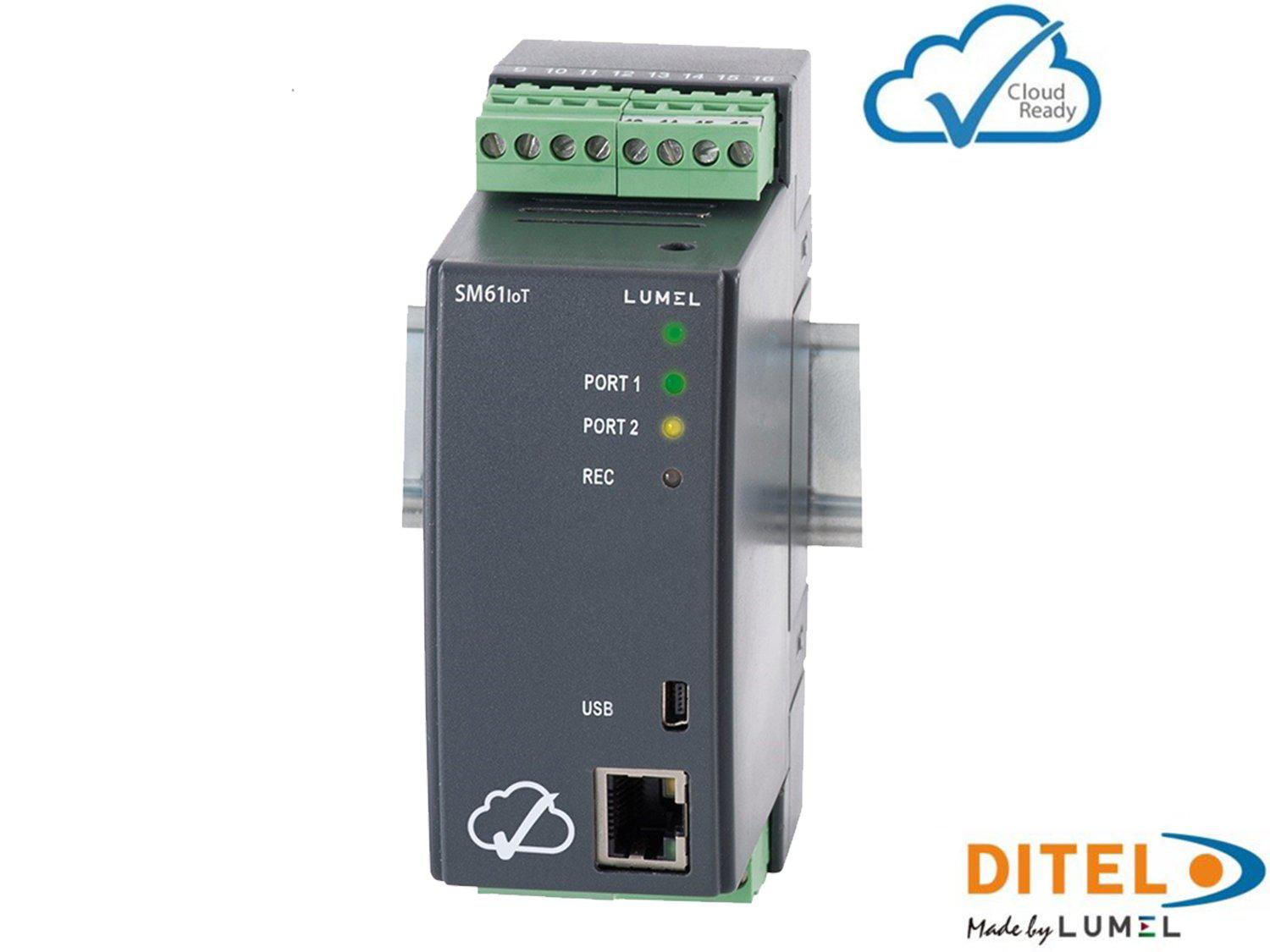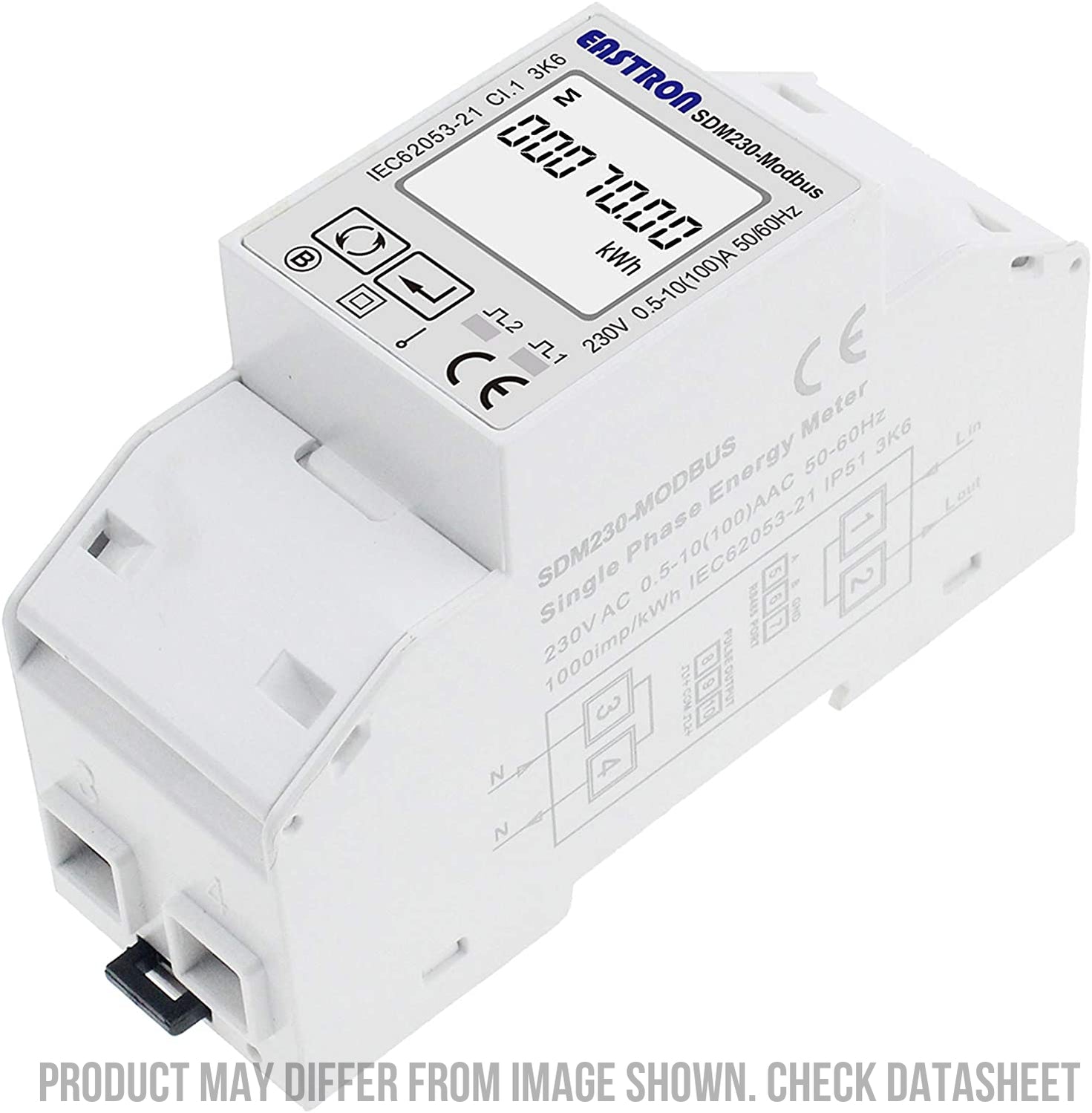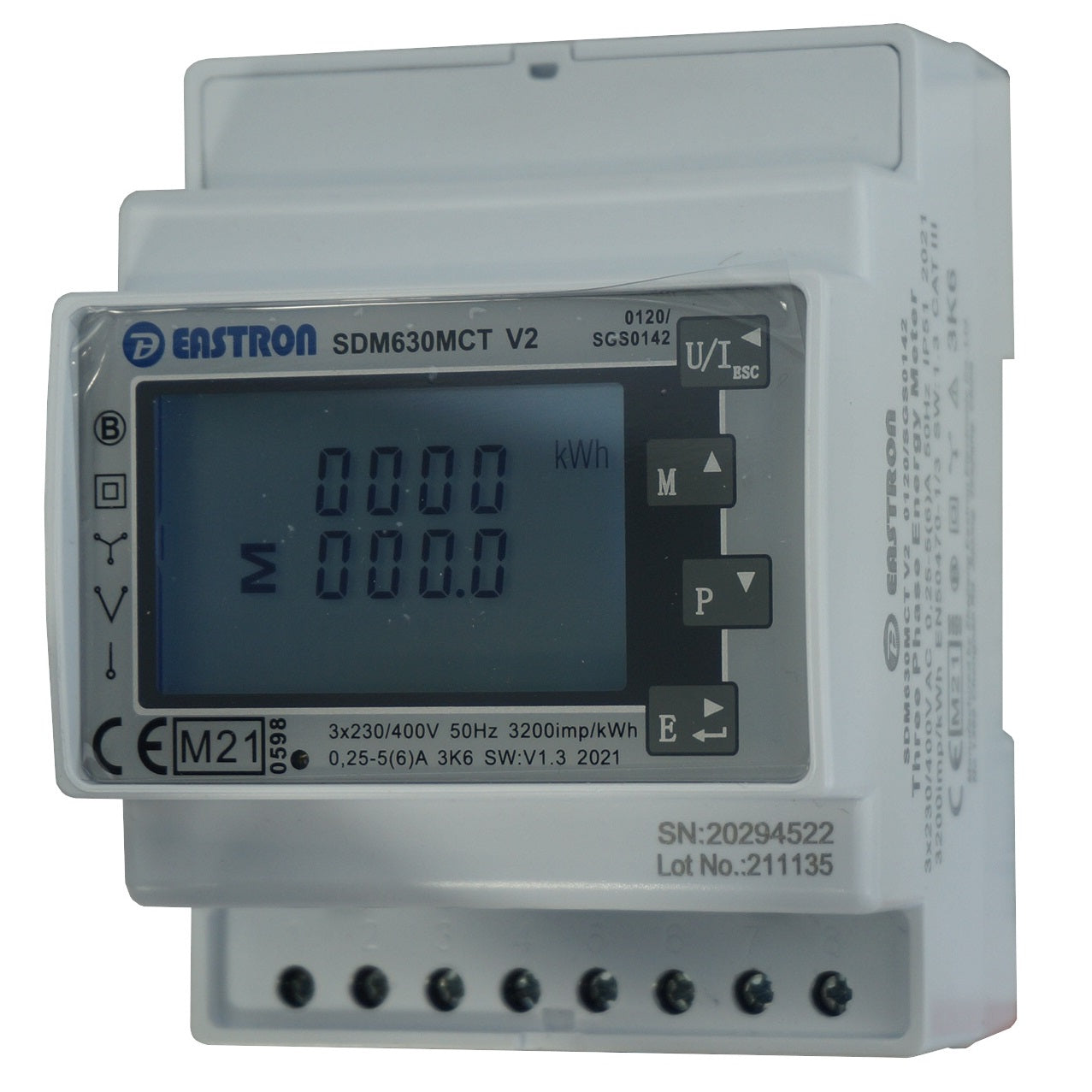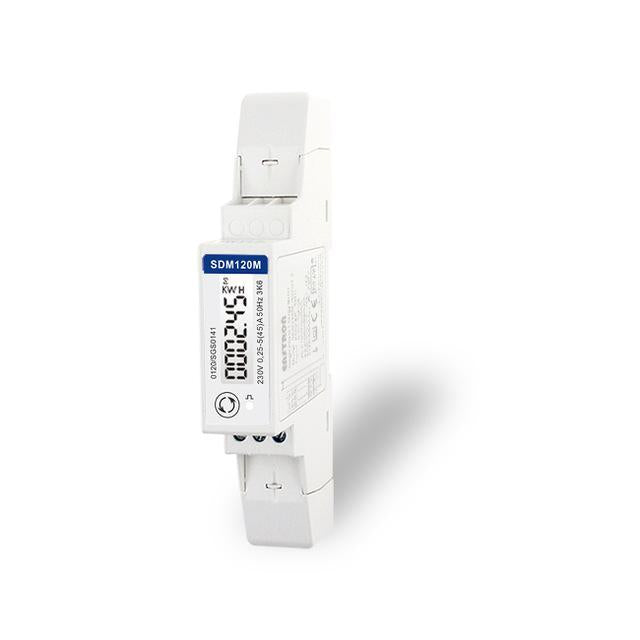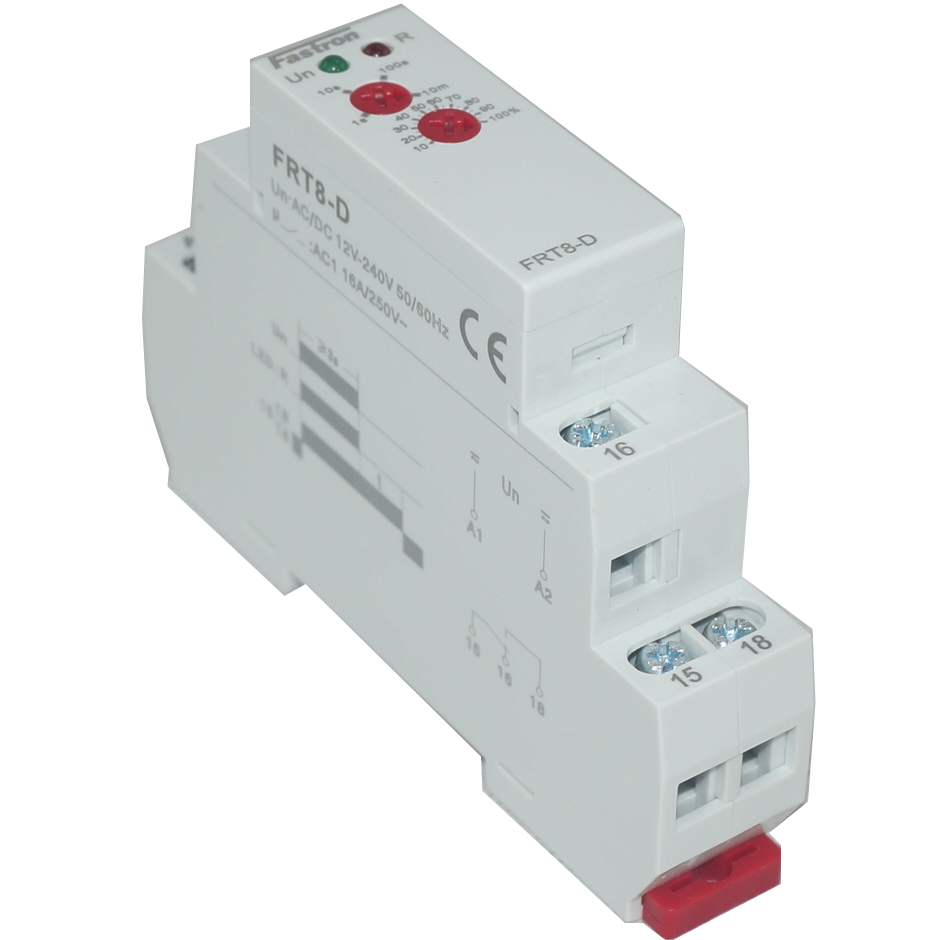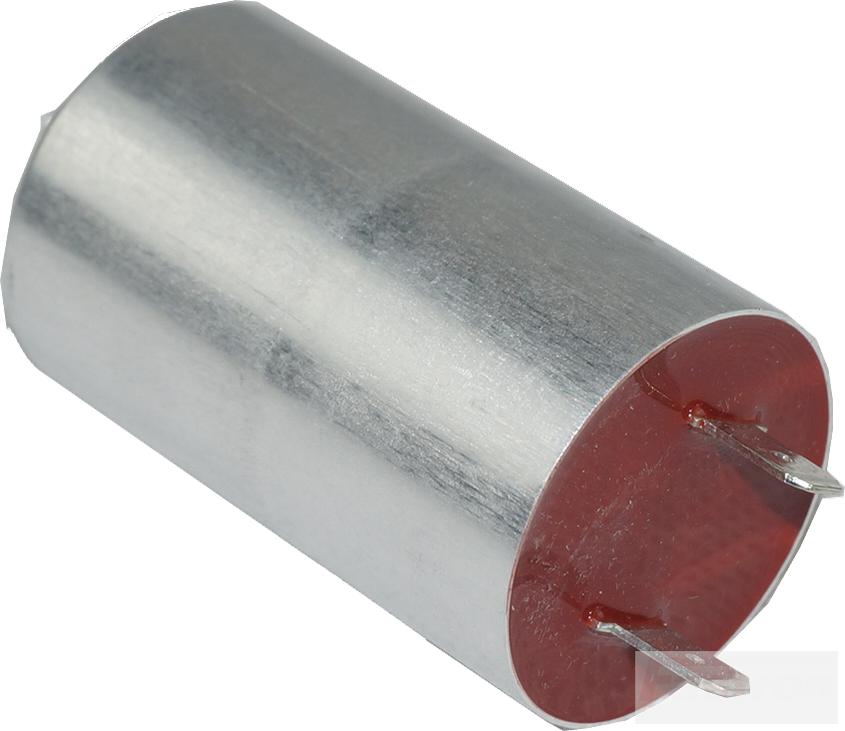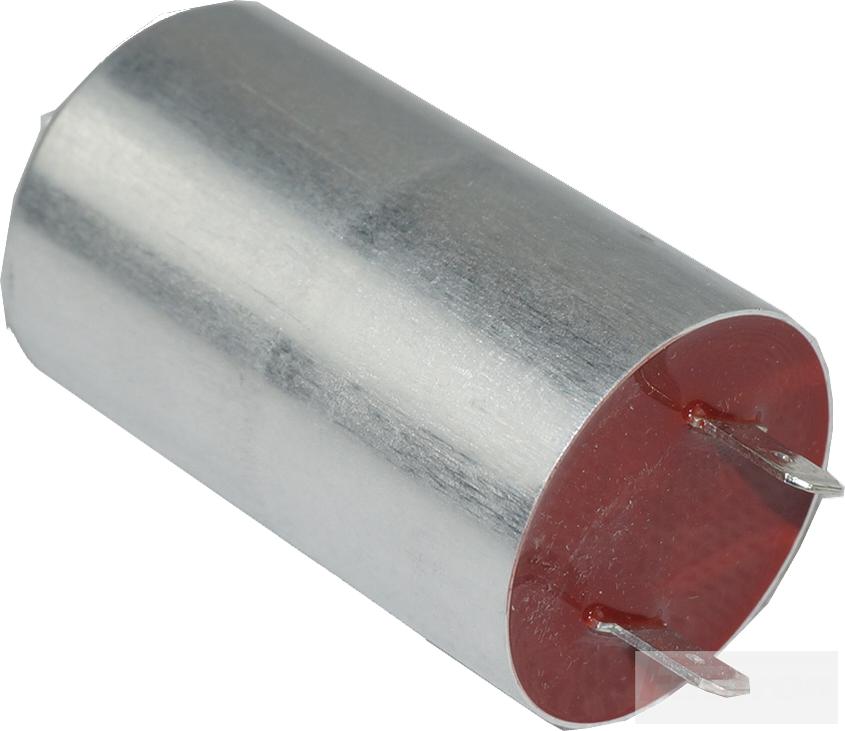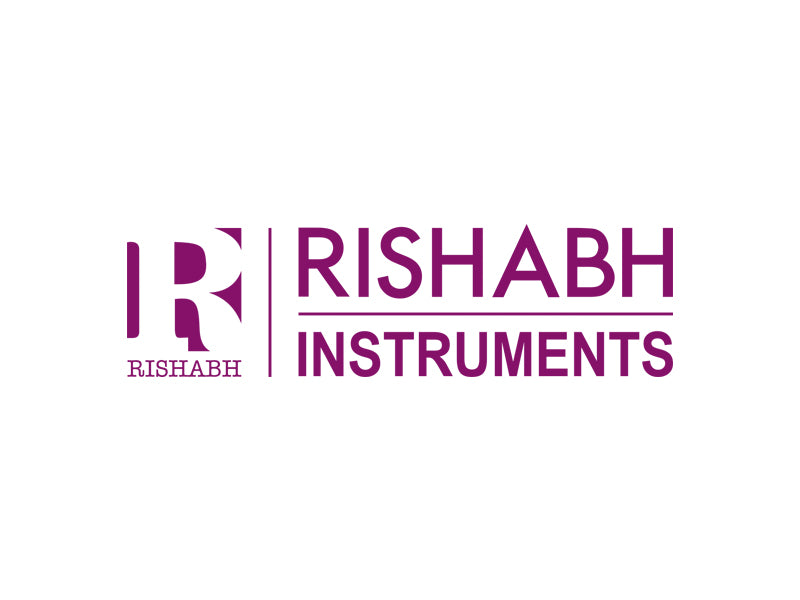All Departments
-
E-Mobility and Renewables
Current Sensors
-
Current and Voltage Sensors
Current Sensors/Transducers
- Split Core AC Current Sensors Process Output
- Solid Core AC Current Sensors with Process Outputs
- DC Current Sensor with Process Outputs
- DC Current Shunts
- Panel Mount Current Sensors
- Busbar Mount Current Sensors
- Surface Mount Current Sensors
- PCB Mount Current Sensors
- Automotive Current Sensors
- High Precision/Flux Gate
- Sensor Mounting Accessories
Voltage Sensors/Transducers
Current Transformers
Special Current Sensors
kWh Energy Meters
-
Temperature/Humidity Control
Power Process Automation
Motor Control and Protection
Programable Logic Controllers and HMI
-
kWh Meters
Current Transformers
Din Rail Mount Transducers, Transmitters, Panel Meters
-
Circuit Breakers
- Moulded Case Circuit Breakers (MCCB)
- DC Moulded Case Circuit Breakers (DCMCCB)
- Miniature Circuit Breakers (MCB)
- DC Circuit Breakers
- RCD with Circuit Breaker (RCBO)
- Residual Current Circuit Breakers (RCCB,RCD)
- Hydraulic/Magnetic Circuit Breakers
- Appliance Thermal Circuit Breakers
- Rocker Switch Circuit Breakers
- Motor Protection Circuit Breakers
Switches and Indicators
Timers & Relays
-
Power Semiconductors
Heatsink And Cooling
-
Circuit Breakers & Appliance Fuses
Circuit Breakers
- Miniature Circuit Breakers (MCB)
- Moulded Case Circuit Breakers (MCCB)
- DC Miniature Circuit Breakers (DC MCB)
- DC Moulded Case Circuit Breakers (DC MCCB)
- Appliance Thermal Circuit Breakers
- Rocker & Push Button Circuit Breakers
- Motor Protection Breakers & Starters
- Hydraulic Magnetic Circuit Breakers
- Residual Current Device (RCD)
- Residual Current Circuit Breakers with Overcurrent Detection (RCBO)
Appliance Fuses & Holders
Solar Fuses
I²t Ultra Rapid Fuses
Semiconductor/HRC Fuses
- BS88 Style Fuse Links (aR)
- Small square Body DIN 43 653 Fuses (aR)
- European DIN 43 653 Fuses (aR)
- Automotive Power Fuses (gR)
- Cartridge Fuses with Din Rail Holder (gR)
- Cartridge Semiconductor Fuses (gR)
- European Size 33 (aR)
- NH0/NH00 Fuses (gG/gL)
- NH000 Fuses (gG/gL)
- NH1 Fuses (gG/gL)
- NH2 Fuses (gG/gL)
- NH3 Fuses (gG/gL)
- Amp Trap Fuses (Round)
Fuse Holders/Mounting Hardware
DC Contactor and Batttery Fuses
Surge Protection & Safety
-
Power Controllers
Power Factor Correction
-
Solid State Relays
- AC Control Solid State Relays
- DC Control Solid Sate Relays
- AC Switching Solid State Relays
- DC Switching Solid State Relays
- Din Rail Mount Solid State Relays
- Proportional Phase/Burst SSR
- 2 Pole Solid State Relays
- 3 Phase Solid State Relays
- Triac & AC Switch Modules
Solid State Relay & Heatsink
Slim DIN Rail or PCB Mount Types
Solid State Contactors
Contactors and HV Relays
Relays and Timers
-
Power Supplies and Battery Chargers
Test Equipment
Test Leads and Probes
-
IEC Inlets and Connectors
Wide Range of Switches
Cordsets & Power Distribution
PDU's and Enclosures
-
Environmental
Light & Sound
-
Communication Hardware
Software & IOT Systems
No result found for your search.
-
-
-
-
- Current Sensors/Transducers
- Split Core AC Current Sensors Process Output
- Solid Core AC Current Sensors with Process Outputs
- DC Current Sensor with Process Outputs
- DC Current Shunts
- Panel Mount Current Sensors
- Busbar Mount Current Sensors
- Surface Mount Current Sensors
- PCB Mount Current Sensors
- Automotive Current Sensors
- High Precision/Flux Gate
- Sensor Mounting Accessories
-
-
-
-
-
-
- Temperature and Humidity Controllers
- Dial / Encoder Temperature Controllers
- 48x24mm Panel Size
- 48x48mm Panel Size
- 72x72mm Panel Size
- 48x96mm Panel Size
- 96x48mm Panel Size
- 96x96mm Panel Size
- Dual Loop Controllers
- PWM Duct Heater Modules
- Pattern/Step/Ramp-Soak Controllers
- Refrigeration and HVAC Controllers
- DIN Rail Mount
-
-
-
-
-
-
-
- Moulded Case Circuit Breakers (MCCB)
- DC Moulded Case Circuit Breakers (DCMCCB)
- Miniature Circuit Breakers (MCB)
- DC Circuit Breakers
- RCD with Circuit Breaker (RCBO)
- Residual Current Circuit Breakers (RCCB,RCD)
- Hydraulic/Magnetic Circuit Breakers
- Appliance Thermal Circuit Breakers
- Rocker Switch Circuit Breakers
- Motor Protection Circuit Breakers
-
-
-
-
-
-
- Circuit Breakers
- Miniature Circuit Breakers (MCB)
- Moulded Case Circuit Breakers (MCCB)
- DC Miniature Circuit Breakers (DC MCB)
- DC Moulded Case Circuit Breakers (DC MCCB)
- Appliance Thermal Circuit Breakers
- Rocker & Push Button Circuit Breakers
- Motor Protection Breakers & Starters
- Hydraulic Magnetic Circuit Breakers
- Residual Current Device (RCD)
- Residual Current Circuit Breakers with Overcurrent Detection (RCBO)
-
- Semiconductor/HRC Fuses
- BS88 Style Fuse Links (aR)
- Small square Body DIN 43 653 Fuses (aR)
- European DIN 43 653 Fuses (aR)
- Automotive Power Fuses (gR)
- Cartridge Fuses with Din Rail Holder (gR)
- Cartridge Semiconductor Fuses (gR)
- European Size 33 (aR)
- NH0/NH00 Fuses (gG/gL)
- NH000 Fuses (gG/gL)
- NH1 Fuses (gG/gL)
- NH2 Fuses (gG/gL)
- NH3 Fuses (gG/gL)
- Amp Trap Fuses (Round)
-
-
-
-
-
Need help? Contact us
+61 (0)3 97635155
sales@fastron.com.au
My Cart
Your cart is empty
- Home
- All Collections
- Bistable Relay/Switch Latching Relay/Impulse Contactors
Bistable Relay/Switch Latching Relay/Impulse Contactors
Available in ratings up to 40 Amp, 1, 2, 3 and 4 Pole Configurations, Bistable relays or Latching(Impulse) Contactors are used for applications where a pulse is given to the Bistable Relay/Contactor which activates the contact. Subsequent Pulses will toggle the ON/Off state of the Relay/Switch. Fastron Electronics distributes Iskra Doo Bistable Relays/Switches and stocks based on market requirements. With over 40 years experience in the power electronics industry, you can sure Fastron can select the correct Bistable Relay/Switch for your requirements.
For any specification not listed here feel free to contact the friendly team at Fastron Electronics.
FAQ's
1. What is a bistable switch and how does it work?
A bistable switch operates by changing its state with each pulse—one pulse turns it on, the next turns it off—maintaining its position without continuous power.
2. What is the difference between a bistable relay and a latching relay?
There is no major difference; bistable relays and latching relays are often used interchangeably, both changing states with a control pulse.
3. How does a latching relay function in an electrical circuit?
A latching relay receives a pulse to switch on or off and stays in that state until another pulse is received, helping reduce energy usage.
4. Where can I buy high-quality bistable switches in Australia?
You can buy high-quality bistable switches in Australia from Fastron Electronics, which supplies trusted brands like Iskra Doo.
5. What are the advantages of using a latching relay over a standard relay switch?
A latching relay uses less power since it only requires energy during switching, not to maintain its state—unlike a standard relay switch.
6. Can I use a bistable relay in automation systems?
Yes, bistable relays are ideal for automation systems where power efficiency and state retention are important.
7. What are the applications of a bistable switch in industrial settings?
Bistable switches are used in industrial settings for lighting control, energy management, and systems requiring stable on/off states with minimal power use.
8. How do relay switches control power in circuits?
Relay switches control power by opening or closing a circuit when triggered, allowing control of high-voltage loads with low-voltage signals.
9. Are your relay switches suitable for controlling high-voltage devices?
Yes, the relay switches available at Fastron Electronics are suitable for high-voltage applications, with ratings up to 40 amps.
10. Do you offer bistable relays for low-power applications?
Yes, you can find bistable relays at Fastron Electronics that are suitable for low-power or energy-efficient applications.
11. How does a bistable relay help in energy saving?
A bistable relay only consumes power during switching, making it highly energy-efficient compared to relays that need continuous power.
12. Can a latching relay be used for remote control applications?
Yes, a latching relay is ideal for remote control systems, as it maintains its state without needing constant power input.
13. Are your relay switches available with different voltage ratings?
Yes, relay switches at Fastron Electronics are available in various voltage and pole configurations to suit different requirements.
14. How long is the typical lifespan of a bistable relay?
The typical lifespan of a bistable relay is long, especially since it uses less energy and has fewer mechanical movements.
15. Do your bistable switches comply with Australian electrical safety standards?
Yes, bistable switches from Fastron Electronics are sourced from reputable brands and meet Australian safety and quality expectations.
$184.00
$259.00
$62.00

